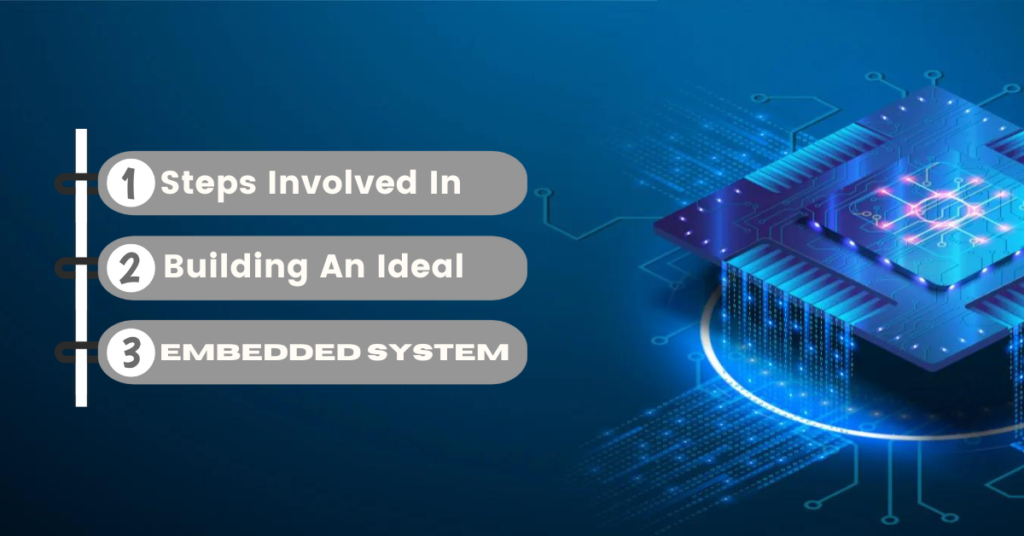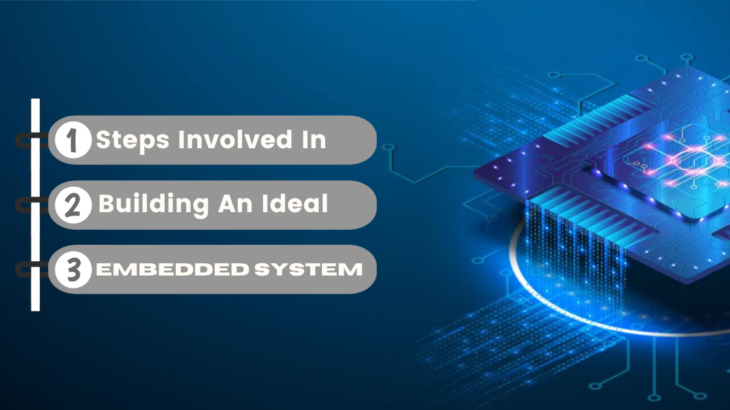
Have you ever dedicated time to establishing a clear vision for your build system? Initiating a project with a vague idea, such as a build system and a continuous integration/continuous deployment (CI/CD) pipeline, the team often consider the build system task will be completed once a vendor manages to compile a project and move forward with code development without giving much additional consideration to the build configuration.
Lacking a clear vision for your build system can reduce team productivity. Critical features and principles essential for faster software development might be missed when your team has no idea about build configuration. Likely, you won’t be aware of this issue, as you might not understand the expected cost and time involved. In this blog, we will explore the concept of an optimal vision for embedded software build systems and software stacking of your ideal embedded system.
Define Your Build Configuration:
A build configuration, in the context of software development, refers to a set of parameters, settings, and options that dictate how a software project or application should be built.
The following are the five recommended build configurations for embedded software developers:
Analyze:
This configuration conducts a metric analysis on the codebase.
Simulate:
It compiles the code for execution within the host, not on the target hardware.
Test:
This configuration builds and executes unit, integration, and regression tests.
Release:
It prepares the code for deployment on customer hardware.
Debug:
This configuration is used to build the code for execution on the target hardware in a laboratory setting.
Defining Your Software Stack:
You may assume that your software stack and build system are unrelated, but the choices you make in your build configurations can influence the organization of your software. Additionally, you might discover that the middleware you employ differs significantly. Determining your optimal build configurations could affect your software stack; conversely, your software stack choices might impact your build system.
In a contemporary embedded software configuration, multiple distinct software layers are interconnected using Hardware Abstraction Layers (HALs) and Application Programming Interfaces (APIs). Your software stack may include platform configuration, model-generated application code, configuration management code, hand-written application code, and test configurations. When you meticulously define your software stack, considering the specific location of code within the stack and the methods for its generation, you’ll uncover numerous advantages.
Building an ideal embedded system is a comprehensive process that involves the configuration of build settings and software stack development with rigorous testing and documentation to create a reliable and efficient embedded system tailored to its specific use. Remember that the process may vary depending on the complexity and requirements of your project, but these fundamental steps provide a solid foundation for success in embedded system development. Approach Sunstream for seamless embedded software development services that are robust and reliable. With Sunstream’s expertise in embedded software development, you can trust that your project will benefit from a wealth of experience and a commitment to delivering cutting-edge solutions for your embedded system needs.




 +1.585.935.7123
+1.585.935.7123 +91-804-148-6861
+91-804-148-6861